As seasoned travel writers and photographers who have spent years chasing light across India’s incredibly diverse landscapes, we can tell you this: our country is a living, breathing canvas. Every corner, from the towering Himalayas to the serene backwaters, the vibrant deserts to the lush rainforests, holds a unique visual story waiting to be captured.
With 2025 just around the corner, many of you aspiring and professional photographers are probably planning your next epic Indian adventure. Forget those generic travel lists. This isn’t just about visiting beautiful places; it’s about seeing them through a lens, understanding their photographic potential, and knowing when and how to immortalize their essence. So, grab your gear, because we’re about to delve into the best scenic spots in India to capture in 2025, ensuring your travel photography portfolio shines brighter than ever.
Why India is a Photographer’s Dream Destination
India isn’t just a country; it’s a subcontinent of contrasts, a kaleidoscope of cultures, and a treasure trove of natural wonders. For the landscape photographer, the sheer variety is mind-boggling. You can shoot snow-capped peaks in the morning and desert dunes by evening. Wildlife enthusiasts can find tigers in dense forests and migratory birds in wetlands. Street photographers will be overwhelmed by the vibrant chaos of ancient cities. And architectural photographers? India’s forts, palaces, temples, and stepwells offer a lifetime of study.
The ever-changing light, the rich cultural tapestry, and the genuine warmth of its people make India an unparalleled subject. It’s a place where every frame tells a story, and often, several stories at once.
Top Scenic Photography Destinations in India for 2025
Let’s dive into the detailed list of locations that promise breathtaking captures in the coming year. We’ve categorized them to help you plan your India photography tour based on your interests and the kind of visual stories you want to tell.
I. The Himalayan Majesty: Capturing Grandeur and Serenity
The Himalayas are more than just mountains; they are a spiritual experience, a challenge, and an undeniable photographic magnet.
1. Ladakh: The Moonscape on Earth
Why it’s a Photographer’s Paradise: Ladakh, often called “Little Tibet” or the “Moonland,” offers otherworldly landscapes. Think stark, barren mountains painted in a thousand shades of brown, ochre, and grey, dramatically juxtaposed with turquoise lakes and ancient monasteries perched precariously on cliffs. The air is crisp, the skies are an impossible blue, and the light is incredibly clean. This is truly where you’ll find some of the best Himalayan landscapes for your camera.
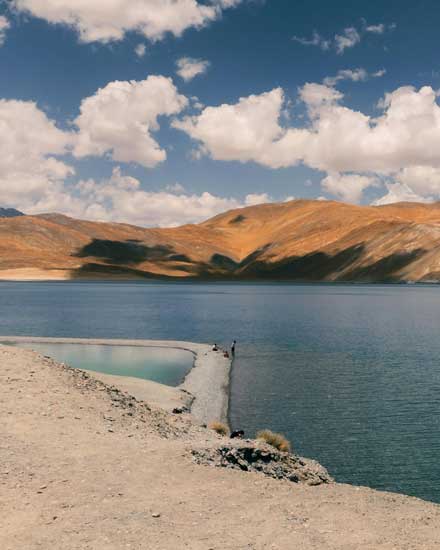
Key Photography Opportunities: Pangong Tso & Tso Moriri, Monasteries (Hemis, Thiksey, Diskit, and Lamayuru), Nubra Valley
Best Time to Visit for Photography: June to September for accessibility and comfortable weather. For snow photography and frozen lakes, late October to early March (be prepared for extreme cold and road closures).
2. Spiti Valley: The Middle Land’s Untamed Beauty
Why it’s a Photographer’s Paradise: Even more rugged and remote than Ladakh, Spiti Valley is a high-altitude desert nestled between Tibet and India. It’s a land of towering snow-capped peaks, ancient gompas, and isolated villages clinging to mountainsides. The sheer desolation and raw beauty are captivating, making it a dream for remote Himalayan photography.
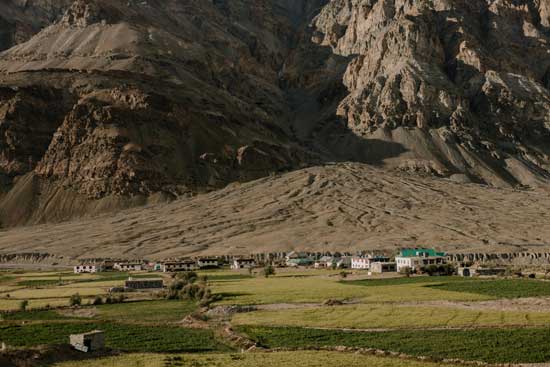
Key Photography Opportunities: Key Monastery, Chicham Bridge, Pin Valley National Park, Hikkim Post Office, Villages like Komic, Langza, and Dhankar
Best Time to Visit for Photography: June to October for open roads. Winter (November to May) offers incredible snowscapes but is extremely challenging to travel.
II. Royal Charms and Desert Dreams: Rajasthan’s Photogenic Allure
Rajasthan is a land steeped in history, vibrant colours, and magnificent architecture. It’s a feast for the eyes and a joy for the lens.
3. Jaipur: The Pink City’s Architectural Splendour
Why it’s a Photographer’s Paradise: Jaipur is a whirlwind of majestic forts, intricate palaces, bustling bazaars, and captivating street scenes. The predominant terracotta pink of its old city buildings creates a warm and inviting glow, especially during golden hour. It’s a prime destination for Rajasthan architectural photography.

Key Photography Opportunities: Hawa Mahal, Amber Fort, City Palace & Jantar Mantar, Patrika Gate.
Best Time to Visit for Photography: October to March for pleasant weather. Early mornings are best to avoid crowds at popular sites.
4. Jaisalmer & The Thar Desert: Golden Sands and Ancient Forts
Why it’s a Photographer’s Paradise: Jaisalmer, the “Golden City,” rises like a mirage from the Thar Desert. Its massive sandstone fort, a living monument where a quarter of the city’s population still resides, glows golden in the sunlight. Beyond the city, the vast expanse of the Thar Desert offers incredible opportunities for dune photography and stargazing, making it perfect for desert landscape photography.
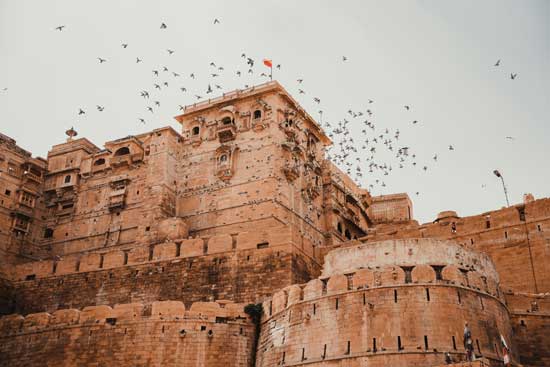
Key Photography Opportunities: Jaisalmer Fort, Patwon Ki Haveli & Salim Singh Ki Haveli, Gadisar Lake, Desert Dunes (Sam Sand Dunes)
Best Time to Visit for Photography: October to March for comfortable desert weather. Avoid peak summer.
III. Southern Serenity and Coastal Charms: Kerala’s Lush Greenery
Kerala, “God’s Own Country,” is a land of emerald backwaters, lush tea plantations, and pristine beaches, offering a completely different photographic palette.
5. Kerala Backwaters (Alleppey/Alappuzha): Tranquil Waterways
Why it’s a Photographer’s Paradise: The interconnected network of canals, lakes, and lagoons, fringed by swaying coconut palms and verdant paddy fields, is a serene haven. The iconic Kettuvallams (houseboats) gliding silently through the water create incredibly picturesque scenes, ideal for Kerala backwaters photography.
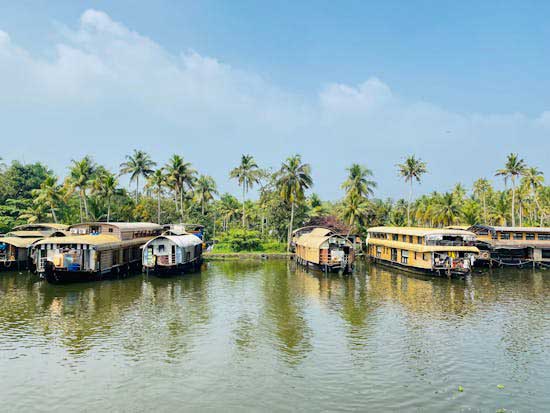
Key Photography Opportunities: Alleppey houseboat, Local Life, Greenery & Reflections, Sunset/Sunrise.
Best Time to Visit for Photography: October to March for pleasant weather. The monsoon (June to September) offers dramatic skies and intensified greenery, but be prepared for rain.
6. Munnar: The Verdant Tea Gardens
Why it’s a Photographer’s Paradise: Nestled in the Western Ghats, Munnar is a sprawling expanse of emerald green tea plantations, often shrouded in mist. The undulating hills, geometric patterns of tea bushes, and cool, refreshing air make it a refreshing escape and a visual delight, perfect for Munnar tea gardens captures.
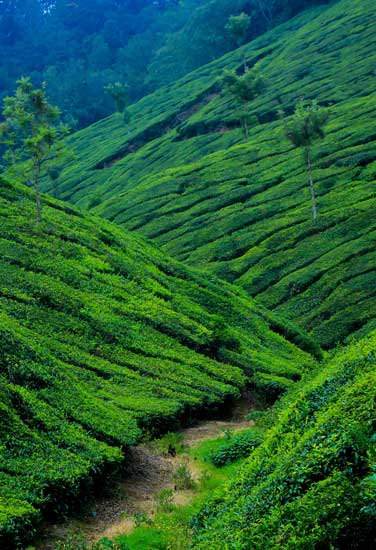
Key Photography Opportunities: Tea Plantations, Anamudi Peak, Eravikulam National Park.
Best Time to Visit for Photography: September to May. Monsoon (June to August) enhances the greenery and mist but can limit visibility.
IV. Cultural & Spiritual Epics: Unveiling India’s Soul
India’s spiritual and cultural heritage offers profound photographic experiences, capturing the essence of human connection and devotion.
7. Varanasi: The Spiritual Heartbeat of India
Why it’s a Photographer’s Paradise: Varanasi is an assault on the senses in the most beautiful way. As one of the oldest continually inhabited cities in the world, its ghats along the Ganges River pulsate with life, death, and spiritual rituals. It’s raw, authentic, and intensely photogenic, offering unparalleled opportunities for Indian cultural photography.
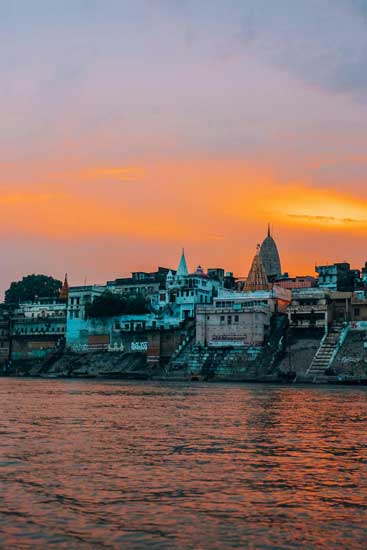
Key Photography Opportunities: Ghats, Morning Boat Ride, Ganga Aarti at Dashashwamedh Ghat, Varanasi street photography.
Best Time to Visit for Photography: October to March for comfortable weather.
8. Hampi: Ancient Ruins Amidst Boulders
Why it’s a Photographer’s Paradise: A UNESCO World Heritage Site, Hampi is a surreal landscape of ancient ruins, giant boulders, and lush banana plantations. The Vijayanagara Empire’s remnants are scattered across a dramatic terrain, creating a powerful sense of history and grandeur, making it ideal for ancient India photography.
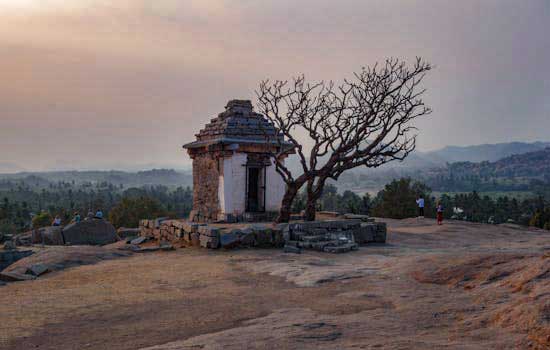
Key Photography Opportunities: Virupaksha Temple, Vitthala Temple (Stone Chariot), the ruins along the Tungabhadra River, and traditional round boats on the river.
Best Time to Visit for Photography: October to March for pleasant weather.
V. Wildlife & Wilderness: Capturing Nature’s Untamed Beauty
For those who love to combine their passion for photography with the thrill of wildlife spotting, India offers incredible national parks.
9. Ranthambore National Park: Tiger’s Den
Why it’s a Photographer’s Paradise: Ranthambore National Park is one of India’s most renowned tiger reserves, known for its high probability of tiger sightings. The ancient Ranthambore Fort within the park adds a unique historical backdrop to your wildlife captures, making it a top spot for tiger photography in India.

Key Photography Opportunities: Ranthambore jungle safari, Fort & Lake Scenery, Jungle Landscapes.
Best Time to Visit for Photography: October to June, with March to May being ideal for tiger sightings as they come out to water sources.
10. Kaziranga National Park: Rhino Haven
Why it’s a Photographer’s Paradise: A UNESCO World Heritage Site, Kaziranga National Park in Assam is famous for its thriving population of the one-horned rhinoceros. Its vast grasslands, swamps, and dense forests make for a unique ecosystem and superb photographic opportunities, particularly for capturing the iconic one-horned rhino photos.

Key Photography Opportunities: One-Horned Rhinoceros, Elephants & Wild Water Buffalo, Migratory Birds, best of Assam wildlife.
Best Time to Visit for Photography: November to April.
VI. Hidden Gems & Offbeat Destinations for Unique Frames
Sometimes, the best shots come from venturing off the beaten path.
11. Meghalaya: The Abode of Clouds
Why it’s a Photographer’s Paradise: Known as the “Abode of Clouds,” Meghalaya lives up to its name, especially during monsoon. It’s a land of living root bridges, cascading waterfalls, crystal-clear rivers, and mysterious caves, all shrouded in lush greenery and mist, making it an excellent destination for monsoon photography in India.
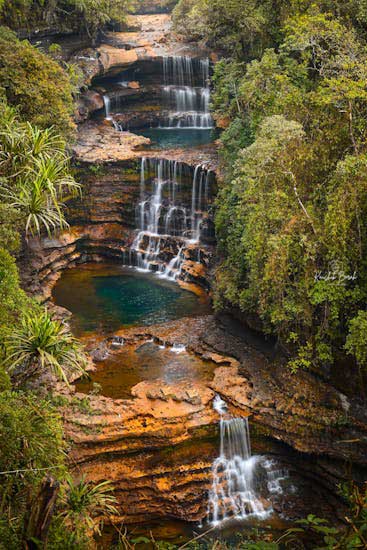
Key Photography Opportunities: the Double Decker Living Root Bridge in Nongriat. Nohkalikai Falls, Dainthlen Falls, Seven Sisters Falls, Dawki River, Misty Landscapes, Mawsmai Cave.
Best Time to Visit for Photography: October to May for clearer skies. Monsoon (June to September) offers dramatic scenes but requires rain protection for gear.
12. Andaman & Nicobar Islands: Tropical Bliss
Why it’s a Photographer’s Paradise: For beach, underwater, and tropical landscape photography, the Andaman & Nicobar Islands are unmatched in India. With turquoise waters, white sandy beaches, lush rainforests, and vibrant coral reefs, it’s a true island paradise, perfect for tropical paradise. India captures.
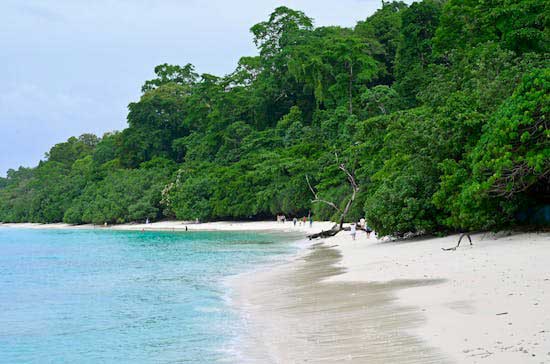
Key Photography Opportunities: Radhanagar Beach (Havelock Island), Underwater Photography, Chidiya Tapu (Bird Island), Limestone Caves & Mangrove Creeks: At Baratang Island.
Best Time to Visit for Photography: October to May for calm waters and sunny skies.
Photography Tips for Capturing India Authentically
Beyond the gear, here’s some advice from our years on the ground:
- Embrace the Golden and Blue Hours: The light during sunrise and sunset is magical, casting a warm glow on everything. The blue hour offers a soft, ethereal feel. Plan your shoots around these times.
- Look for Leading Lines and Rule of Thirds: Classic composition techniques always hold true. Use roads, rivers, architectural elements to guide the viewer’s eye.
- Capture the Human Element: India is its people. Always be respectful and ask for permission (even with gestures) before taking portraits. A smile and a “namaste” go a long way. Candid shots can also be incredibly powerful.
- Focus on Details: Don’t just shoot wide landscapes. Zoom in on intricate carvings, vibrant textiles, expressive faces, or a steaming cup of chai. These details tell a deeper story.
- Be Patient and Observe: India is chaotic and unpredictable. Sometimes the best shots emerge from waiting, observing, and letting moments unfold naturally.
- Safety First: Be aware of your surroundings, especially in crowded areas. Keep your gear secure.
- Respect Local Culture and Customs: Dress appropriately, especially when visiting religious sites. Be mindful of local traditions regarding photography.
- Tell a Story: Think about the narrative you want to convey with your images. A series of photos telling a story is often more impactful than a single shot.
Final Thoughts: Your Photography Journey Undercast Diamond Sky
India in 2025 promises an unparalleled visual feast for any photographer. Whether you’re drawn to the serene majesty of the Himalayas, the vibrant history of Rajasthan, the tranquil beauty of Kerala, or the raw power of its wildlife, each destination offers unique stories and stunning frames.
Remember, the best photographs aren’t just technically perfect; they are those that evoke emotion, tell a story, and transport the viewer. So, pack your bags, prepare your lenses, and embark on an unforgettable journey. May your adventures be grand, your light be perfect, and your captures truly shine under the diamond sky of India. Happy shooting!


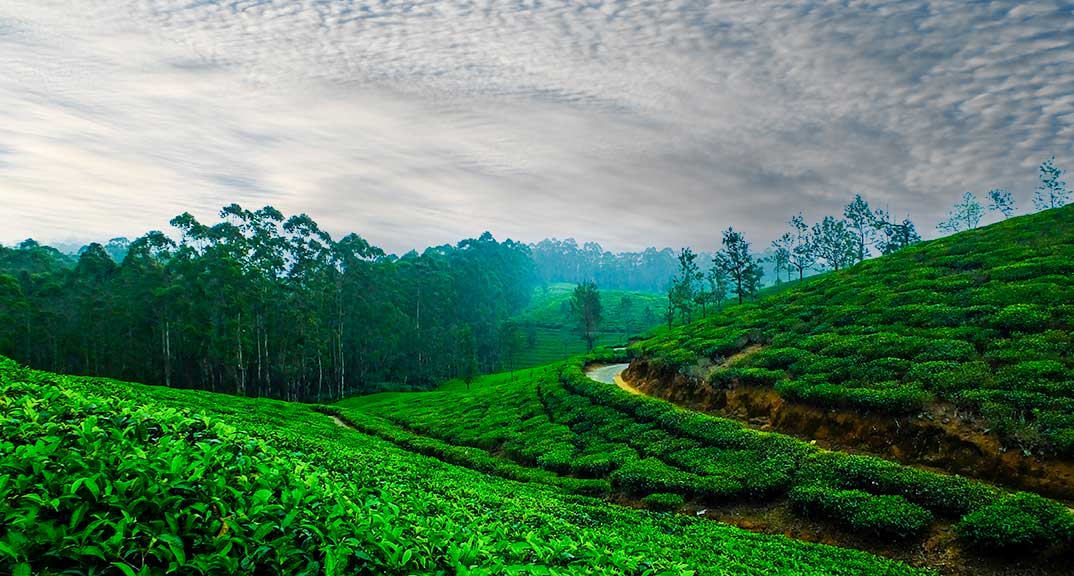
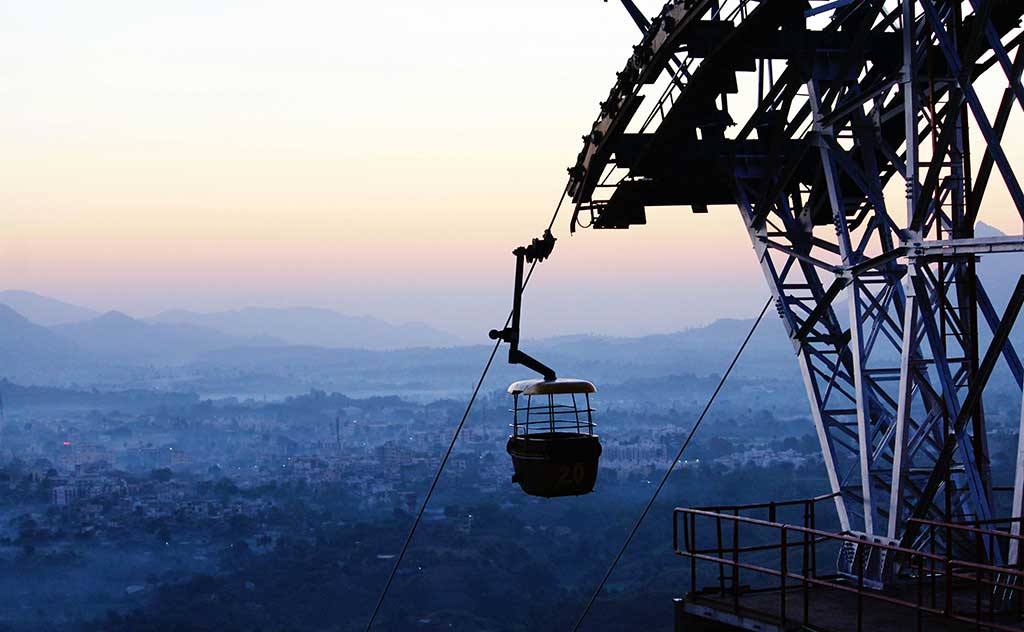
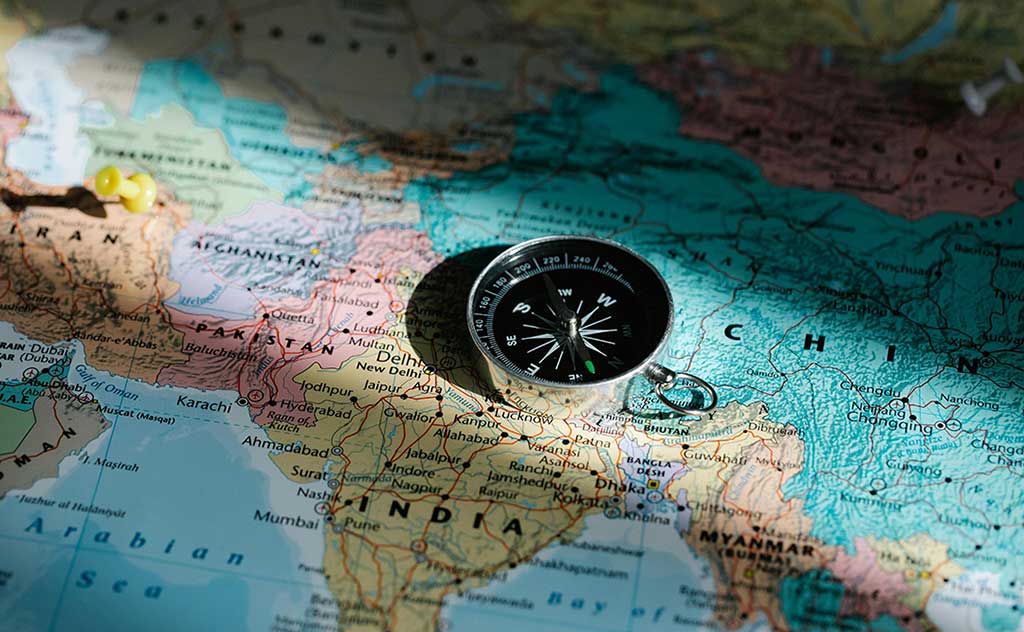
0 Comments